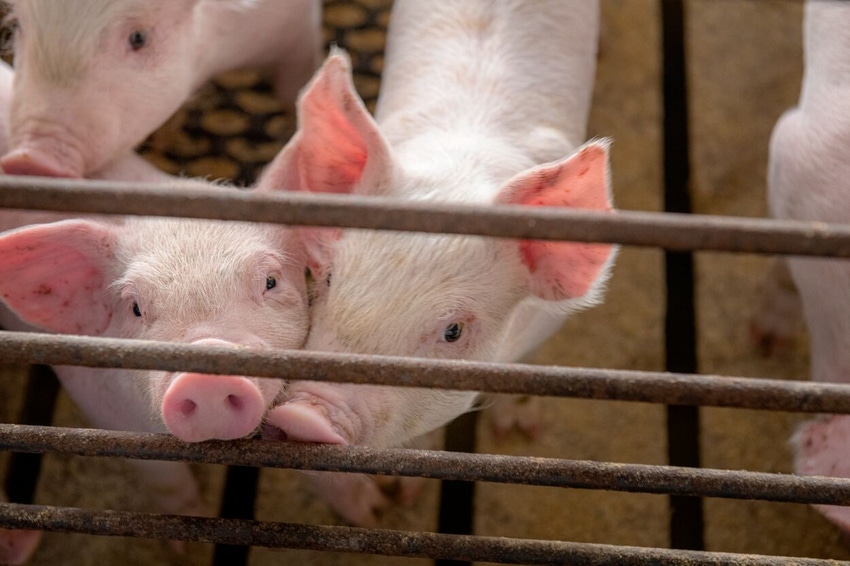Study finds synergism of PCV3 with PRRSV and PCV2
Sample matrices could indicate viral shedding, vertical transmission on sow units, or viremia in grow-finish pigs
September 19, 2023

Currently, diagnosis of porcine circovirus type 3 is based on quantifying viral DNA by PCR and occasional confirmation by in situ hybridization of lesions associated with PCV3 infection. However, PCV3 has been detected in clinically and subclinically infected animals, and data to help standardize the PCV3 case definition is needed.
A Swine Health Information Center-funded study conducted by principal investigator Pablo Pineyro, Iowa State University, provided valuable insights into the diagnosis and prevalence of PCV3 in reproductive failure and surveillance cases submitted to the ISU-VDL as well as the synergism of PCV3 with porcine reproductive and respiratory syndrome virus and PCV2.
PCV 3 was initially described as affecting swine in 2016, and since its first description, PCV3 has been detected globally and retrospectively in pigs of all ages. It has been associated with a range of clinical presentations, including reproductive failure, porcine dermatitis and nephropathy syndrome, multisystemic inflammation, respiratory disease, enteric disease, and subclinical infection. However, for many of these clinical presentations, the causative role of PCV3 is not well understood.
The first objective of this study was to establish a Ct PCR value that correlates with the presence of lesions compatible with PCV3 infection. Researchers’ retrospective investigation showed there is a correlation between Ct values and the presence of lesions, keeping in mind that lower Ct values represent higher levels of virus. Cases confirmed by histopathology with lesions consistent with multisystemic inflammation showed Ct values below 30. In addition, the presence of PCV3 in these cases was confirmed by in situ hybridization, adding diagnostic value to the combination of histopathology and PCR detection.
Another objective of this study was to evaluate commonly submitted sample types that could be used for subclinical PCV3 detection, such as oral fluids, processing fluids and serum. Most of these samples were not linked to a specific clinical problem in their submission.
Evaluation of the Ct value distribution of these samples demonstrates that a high proportion have Ct values above 32. These sample matrices could indicate viral shedding, vertical transmission on sow units, or viremia in grow-finish pigs. However, the clinical implication of positive results on these sample matrices cannot be extrapolated to assess the presence of PCV3-associated disease.
An additional evaluation of submissions from reproductive failure associated with PCV3 showed that Ct values on cases confirmed only by PCR or a combination of PCR and histological evaluation do not differ. These results suggest that PCR on fetal tissue could be sufficient to confirm causation. However, a high proportion of cases showed co-infection with PRRSV and PCV2. The Ct values on these co-infection cases showed a positive correlation, suggesting that these viruses have a synergistic effect with a higher PCV3 viral load when these viruses are detected together.
Researchers concluded that the diagnosis of PCV3-associated disease should be based on a combination of diagnostic tools, including lesions of multisystemic inflammation, PCR Ct values lower than 30, and additional confirmation by direct detection methods. The samples used for surveillance and subclinical evaluation could be used as a proxy for viral circulation in a sow herd or in grower pigs but should not be implicated as causing multisystemic inflammation or reproductive failure.
Further research is required to understand the interactions between PCV3 and other pathogens during co-infections and to establish the significance of viral loads in subclinical cases.
You May Also Like



